Introduction of Concrete Finishing
Important Point
- Concrete is a versatile building material which is widely used in the construction industry. Concrete is a mixture of cement, coarse aggregate, fine aggregate and water in the appropriate proportion.
- Finishing is one of the most important parts after the casting of the concrete because it gives aesthetical view to the surface of the concrete.
- Finishing of the concrete surface is the process of compacting, levelling and smoothing the surface of the concrete.
- The finishing of the top surface of the concrete layer can be done in several ways. One of the most common and widely used finish is float and Troweled finished surface.
In this article, you will get to know about the different types of concrete finish and the types of finishes used for walls and how to smooth Concrete.
6 Different Types of Concrete Finishes
The Concrete wall finishing Techniques which are used are as follows
- Float and Troweled Finish
- Broom Finish
- Salt Concrete finish
- Stamped Concrete Finish
- Polished concrete
- Exposed Aggregate Finish
A detailed description of the concrete wall finishes are as given below.
#1. Float and Troweled Finish-
When the concrete is cast in the required form, the top layer of the concrete can be worked with a trowel to create a smooth surface. Generally, the hand trowels which has a flat blade with the handle are used to make the top layer of the concrete surface smooth.
Troweled concrete finish is used in any kind of surface such as indoor and outdoor. Different types of decorative effects can also be given with the trowel finish concrete surface. Troweled finish concrete surface is widely used in the pathways of the gardens because of its high resistance to abrasion, weather conditions, and water penetration.
Troweled finish concrete has High adhesion due to which it is used not only in horizontal surfaces but also in vertical surfaces. Troweled finish surface is very easy to clean and maintain and it can also be customized with different types of colours and textures.
Also, Read: What Is Fresh Concrete | Properties of Fresh Concrete
#2. Broom Finish-
Broom finish concrete is also known as brushed concrete. In this type of finishing, the broom is used to develop the sleep resistance surface of the concrete. Broom finishes surface is widely used because it provides high traction surface and more durability. Broom finish surface is slip-resistant and very affordable to construct.
Broom finish concrete surface is used around the swimming pools area because it provides a non-slip surface which is very important as per the safety is concerned. Broom finish surface is one of the best types of concrete finishes for driveways.
Broom finished concrete surface does not give decorative look. In the broom finish surface, run the Broom in the direction of the slope which will help to quickly drain off water from the surface.
#3. Salt Concrete Finish-
Salt concrete finish is one of the older and conventional decorative finish techniques. The salt finish is more decorative as compared to the broom finish concrete. If you are looking for a decorative concrete finish surface then Salt Finish concrete surface is one of the best options which can be used in the concrete finishing.
In the case of the salt finish to the concrete, the salt particles are spread over the most surface of the concrete and then press the grains to the surface using a roller or float. After the final setting time of the concrete, the salt grains are power wash. After that there is a speckled pattern is formed which makes the surface decorative.
#4. Stamped Concrete Finish-
Stamped concrete is one of the innovative ways of finishing the surface of the concrete. The stamped concrete is also known as imprinted concrete or textured concrete. Stamped concrete is the best choice for the walkways, driveways, and outdoor paving.
There are different types of patterns are available in the stamped concrete finish such as straight box type patterns, irregular patterns, and circular patterns, etc. The method of concrete stamping is very convenient and fast.
Different colour pigment powder is also used to spray on the surface of the stamped concrete. Stamped concrete finish is very cheap as compared to other types of finishes.
#5. Polished Concrete-
The polished concrete surface is made by the process of grinding and polishing. The polished concrete surfaces are highly durable and required less maintenance.
The polished concrete is made with the help of existing building materials and it helps to improve the natural lighting of the buildings because it has high reflectivity which helps to save energy by reducing artificial lighting.
The polished concrete surface is generally used in warehouses, retails offices, buildings private residence and hotels, etc. The polished concrete surface looks like a smooth surface of the glass which is completely safe for walking.
#6. Exposed Aggregate Finish-
Exposed aggregate finish is one of the Best and widely used floors finishes in the warehouses, garages, living rooms and galleries, etc. The exposed aggregate finish has adequate compressive strength so that it can be also used for heavy traffic.
Exposed aggregate finish is durable and resists wearing. Because of the exposed aggregate at the surface level, it gives a good aesthetical view.
7 Types of Wall Finishes
- Wall finishing is a finish which is given to the wall to enhance the interior and the exterior look of the building.
- Wall finishes help to provide a decorative look to the building components which includes all the structural member’s pipes and wires.
There are different concrete wall finishes types which are used in the structures are as follows
- Wood Panelling Wall Finish
- Cement Plastering Wall Finish
- Tiles Cladding Wall Finish
- Coral Wall Finish
- Plaster of Paris Wall Finish
- Stained Glass Wall Finish
- Gypsum Plaster Wall Finish
The detailed description of the wall finishes are given below
#1. Wood Panelling Wall Finish-
The wood panelling wall finish is a decorative finish which is done with the help of wooden panels on the walls. The different types of design wooden panels are used in the wood panelling wall finish.
Also, Read: Top 10 Bathroom Fittings & Sanitary Brands India
#2. Cement Plastering Wall Finish-
Cement plastering wall finish is one of the most commonly used finishing technique in the interior of the buildings. Cement plastering wall finish is economical as compared to other types of wall finishes.
Cement plaster is prepared with the mixture of cement, sand and water in the appropriate proportion which is applied manually to achieve a smooth surface.
#3. Tiles Cladding Wall Finish-
The different types of tiles are used in the tile cladding wall finish which enhances the interior of the structure. The type of tile which is used in the interior depends upon the location where it is to be applied.
#4. Coral Wall Finish-
The coral wall finish is similar to the gypsum plaster wall finish and plaster of Paris wall finish. Coral is the name of the material which is used in the plastering it gives a rough edgy finish to the surface.
#5. Plaster of Paris Wall Finish-
The Plaster of Paris wall finish is used in the interior of the structure which gives a smooth surface to the walls. Plaster of Paris consists of white powder which hardens when water added to it.
#6. Stained Glass Wall Finish-
Stained glass wall finish involves a lot of creative work in which the glass is decorated with frosting and glass resting with suitable colours. The stained glass finishes are used on the walls and ceilings.
#7. Gypsum Plaster Wall Finish-
Gypsum plaster is more durable and final as compared to plaster of Paris finish. Gypsum plaster gives a smooth finish to the interior walls. Gypsum plaster is very easy to apply and offers better acoustics.
Also, Read: Difference Between Pier and Abutment | What Is Pier | What Is Abutment
How to Finish Concrete?
Concrete finishing is the process in which a smooth and durable surface is provided. The step by step procedure to smooth the concrete are as follows
Step 1. Pour the Concrete in the Required Size:
Mix the concrete properly in the mixing machine as per the required grade. Then pour the concrete in the required size and compact it properly so that all the air void will be removed.
Stp 2. Smoothen the Surface of the Concrete:
The wooden travel for float should be used to smooth the surface of the concrete. This is a very complex work which requires skilled workmanship.
Step 3. Use of Broom to Finish the Surface of the Concrete:
Broom is commonly used to finish the top surface of the concrete which will help to make the concrete surface slip-resistant.
Step 4. Process of Curing:
Curing is one of the most important parts after the process of finishing. The simplest method which is used for the curing is too with the concrete surface and cover it with plastic sheeting.
Also, Read: What Is a Classified Road | Classification of Roads in India
3 Types of Concrete Finish Machines
The different types of concrete finishing equipment which are used to surface the concrete as follows
- Vibratory Screed Finisher
- Mechanical Tube Finisher
- Mechanical Tining Machine
#1. Vibratory Screed Finisher-
The vibratory screed finisher consists of a Truss frame which has a base with of about 1 foot. It is widely used in the road construction for the finishing work of the pavement.
#2. Mechanical Tube Finisher-
Mechanical to finisher longer tube which is used to finish the surface of the concrete pavement. The mechanical to finisher consists of a single or multiple rotating Strike.
#3. Mechanical Tining Machine-
Tining is a process in which uniform transverse grooves are formed on the surface of the concrete. The process of tining can be done by both manually by hand timing and with the help of mechanical tining machine
The tools which are used in the concrete finishing are as follows
- Bull float
- Concrete groover
- Steel trowel
- Edging tool
- Straight Board
- Square shovel
14 Types of Concrete Finishes for Driveways
The different types of concrete finishes which are used for the driveways are as follows
- Slate Impression Concrete Driveway
- Exposed Aggregate Concrete Driveway
- Coloured Concrete Driveway
- Cut Concrete Driveway
- Stamped Concrete Driveway
- Textured Concrete Driveway
- Imprint Concrete Driveway
- Paving Border Concrete Driveway
- Plain Concrete Driveway
- Broom Finishing Concrete Driveway
- Polished Concrete Driveway
- Stencil Concrete Driveway
- Driveway with Concrete Blocks and Grass
- Rock Salt Finish Concrete Driveway
Also, Read: What Is Mix Design of Concrete | Nominal Mix | Design Mix| Difference Between Nominal Mix and Design Mix
Types of Concrete Finishes for Driveways
- Broom-finished concrete is a popular choice for driveways.
- The sandwashed finish gives this concrete sidewalk traction even when wet.
Plaster of Paris Wall Finish
- Plaster of Paris consists of a fine white powder which hardens when water is added and allowed to dry.
- Its chemical name is ‘Calcium sulphate hemihydrates’. It is a white powdery hydrated calcium sulphate
Gypsum Plaster Wall Finish
- To bring the wall to a smooth finish, the sand cement plastered wall is covered with POP before being paint ready.
- The chance of cracks is eliminated with Gypsum, and it settles to a fine finish that is smooth enough to paint on. For more ideas on wall coverings have a look.
Float and Trowel Finish
- Prior to the introduction of power tools, a floated finish was that produced by a large, generally wooden or sometimes metal, hand float moved over the surface when the concrete was still plastic.
- This produced a flattish slightly textured surface which often contained float marks.
Broom Finish
- Broom finished concrete is popular for patios, driveways and more. Sometimes called brushed concrete, a broom is used to create a slip-resistant texture on the surface of the concrete.
- Concrete finishers have been broom finishing for about as long as there has been concrete.
Salt Concrete Finish
- A salt finish is a simple and inexpensive way to dress up what would otherwise be plain concrete flatwork.
- It’s achieved by pressing coarse rock salt into the surface of fresh concrete, allowing the concrete to set, and then washing the salt away with a stream of water.
Concrete Finishes
Types of Concrete Finishes
- Troweled Finish: Trowel finish is the most common and popular finish of concrete used for major types of applications.
- Broom Finish.
- Stamped Concrete Finish.
- Salt Finish.
- Exposed Aggregate Finish.
- Swirl Finish.
- Polished Finish.
- Colored Finish.
What Is Broom Finish Concrete?
Broom Finish concrete is concrete finished by dragging a horsehair broom, or something similar, over its wet surface. Brushing the concrete makes for a textured surface with small, but noticeable grooves. Broom Finish concrete has been the preferred utilitarian texture for exterior concrete for decades.
What Is the Cost of Polished Concrete Floors?
For example, a basic polished concrete floor costs between $2 and $8 per square foot. It’s typically simple in color and slightly more matte in appearance. Floors that feature a bit more gloss or multiple colors have a higher price range of $5 to $12 per square foot.
Cement Finish Wall
A cement finish wall refers to a wall that has been coated or finished with cement-based materials to create a specific aesthetic or functional look. Cement finish walls are popular in both residential and commercial settings and can be used for interior or exterior applications.
Cement Finish
Cement finish refers to the final surface treatment or texture applied to a cement-based material, such as concrete, to achieve a desired appearance or functional outcome. Cement finish can be applied to various surfaces, including walls, floors, ceilings, countertops, and more. It can be used in both interior and exterior applications, and is commonly used in construction, architecture, and design.
Concrete Finish Wall
A concrete finish wall refers to a wall that has been coated or treated with a specific finish or treatment to achieve a desired appearance or texture using concrete as the main material. Concrete finish walls are commonly used in both interior and exterior applications in residential, commercial, and industrial settings. They are known for their durability, versatility, and modern aesthetic.
Concrete Finishing Techniques
What are the techniques used for concrete finishing?
- Edging: This process is conducted by providing bevelled and rounded edges while finishing concrete.
- Broom Finish: It is applied to make concrete surfaces slip resilient.
- Colouring Concrete.
- Staining concrete.
Exterior Concrete Wall Finishes
Exterior concrete wall finishes vary in type and expense. You can install stone veneer, which comes in an array including man-made stone, stucco (the cheaper of the two), brick veneer (a bit more difficult to install), and paint, which can be applied quickly and easily but is the most generic of all.
Exposed Concrete Wall Finishes
Exposed concrete wall finishes, also known as raw or unfinished concrete wall treatments, have gained popularity in interior design and architecture due to their industrial, contemporary, and minimalist aesthetic. They can add a unique and edgy look to both residential and commercial spaces.
Interior Concrete Wall Finishes
Interior concrete walls can be finished in a variety of ways to achieve different aesthetics and functional purposes. Here are some popular options for interior concrete wall finishes:
- Smooth Finish
- Textured Finish
- Exposed Aggregate Finish
- Stained Finish
- Painted Finish
- Tile or Panel Finish
- Wallpaper or Wallcovering Finish
- Decorative Coating Finish
Different Concrete Finishes
The different type of concrete finishes
- Polished concrete finish.
- Stamped concrete finish.
- Rock salt concrete finish.
- Broom concrete finish.
- Trowel concrete finish.
Exposed Concrete Finish
Exposed concrete finish, also known as raw or unfinished concrete, is a popular interior wall finish that showcases the natural beauty and texture of concrete. This finish is achieved by removing the outer layer of concrete to expose the aggregate (such as pebbles, stones, or other decorative elements) and leaving the surface untreated, resulting in a rough, rustic, and industrial look.
Rough Finish Concrete
Rough-finish concrete refers to a type of concrete surface that has intentionally been left with a textured or rough appearance for aesthetic or functional purposes. This type of finish is achieved by various methods during the pouring and curing process, and can be used for both interior and exterior applications.
Like this post? Share it with your friends!
Suggested Read –
- Two Way Waffle Slab
- How to Finish Concrete
- Plaster Finishes for Interior Walls
- Top 10 Tiles Companies in India 2020
- What Is Plaster | Requirement of Good Plaster | Types of Plasters
- What Is Beam Bridge | Types of Beam Bridges | Beam Bridge Works | Advantages & Disadvantages of Beam Bridges
- What Is Hydraulic Cement | Hydraulic Cement Uses | How to Apply Hydraulic Cement | Advantages & Disadvantages of Hydraulic Cement
- What Is Rock Cycle | Types of Rocks | Processes in the Rock Cycle | What Are the Steps of the Rock Cycle | Uses of Rocks in the Construction
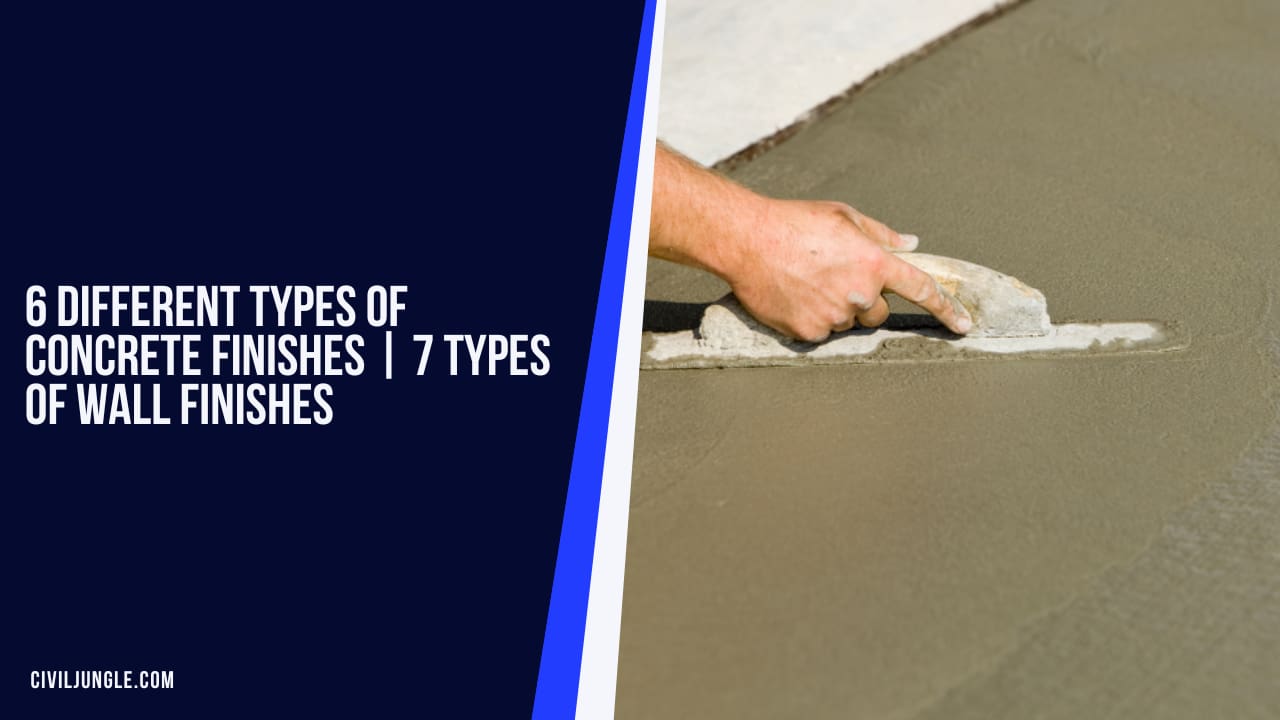
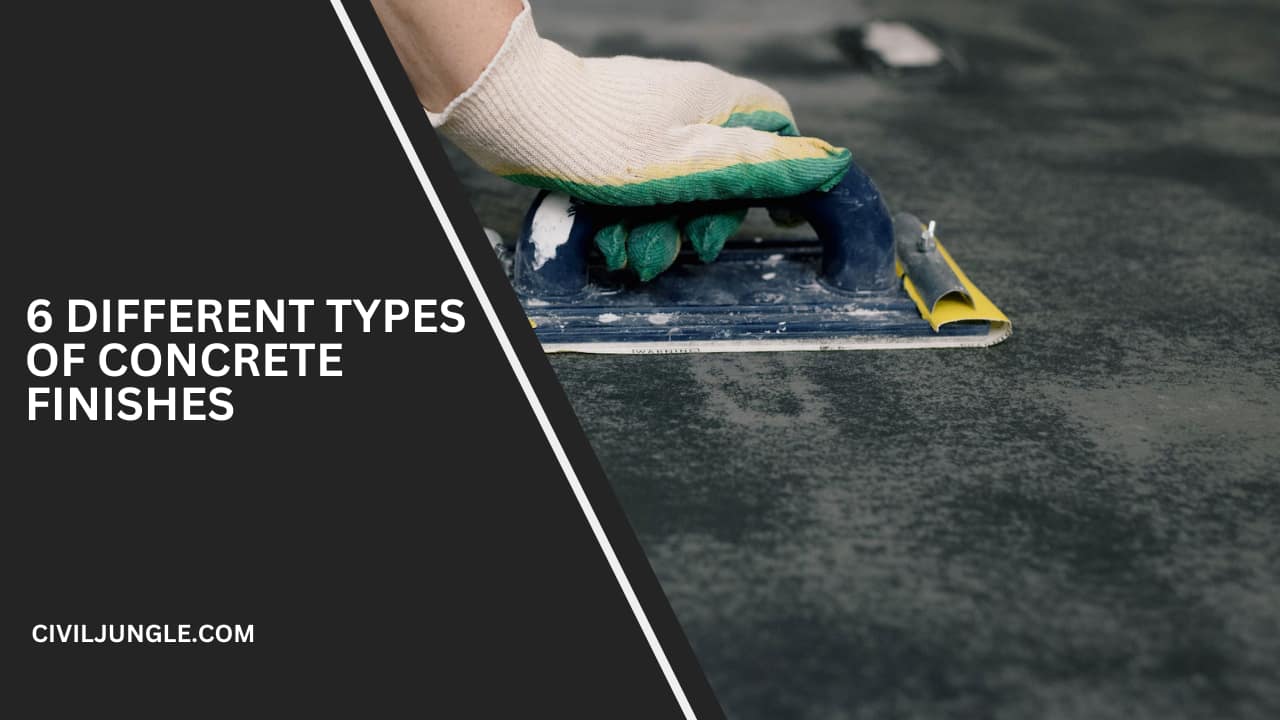
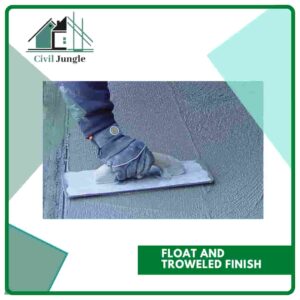
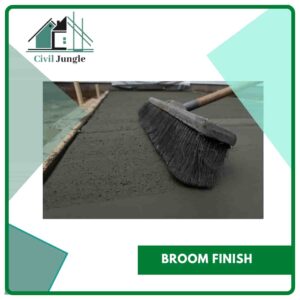
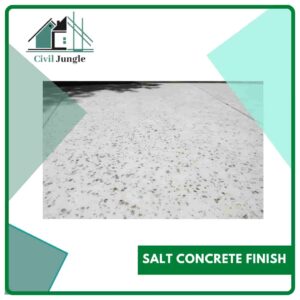
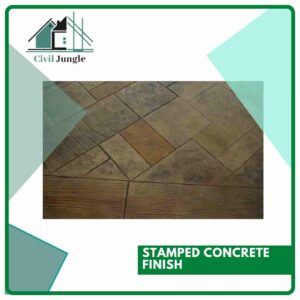
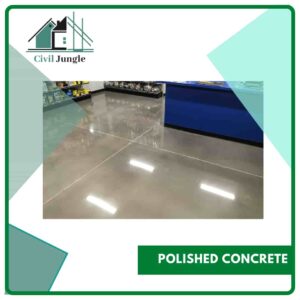
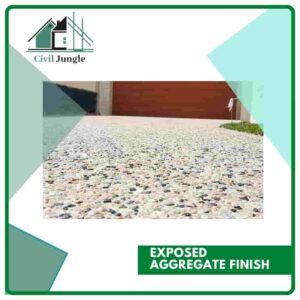
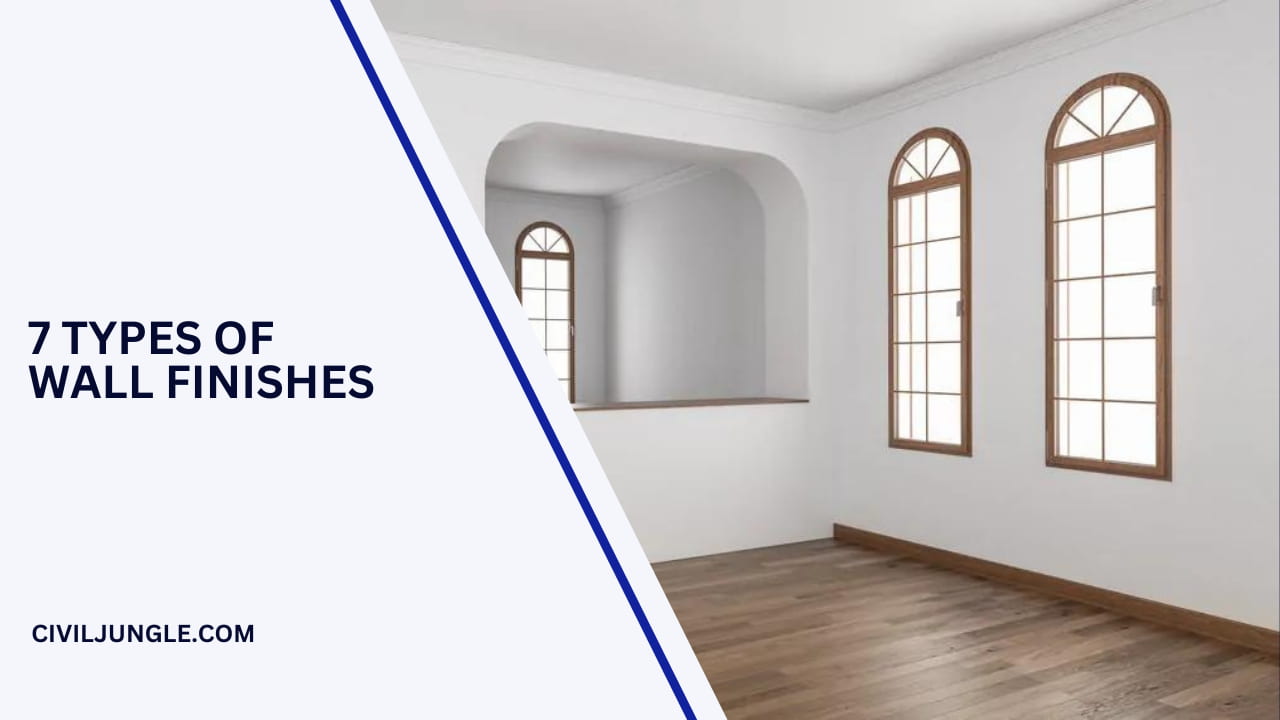
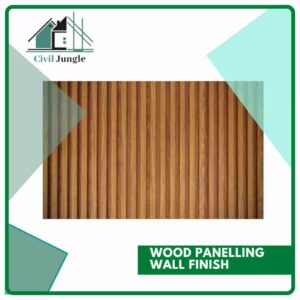
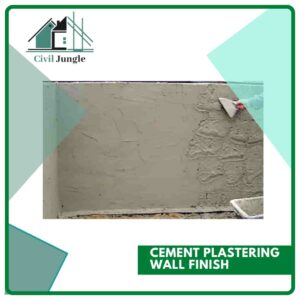
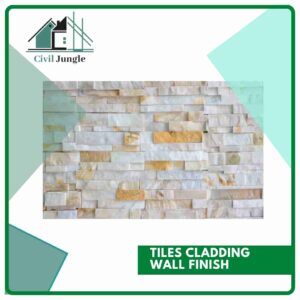
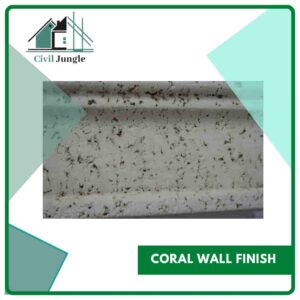
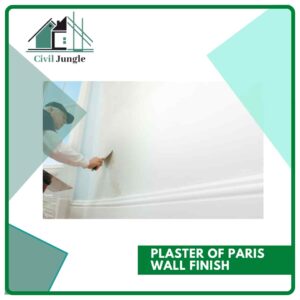
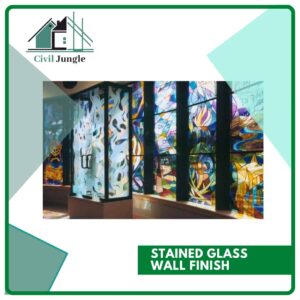
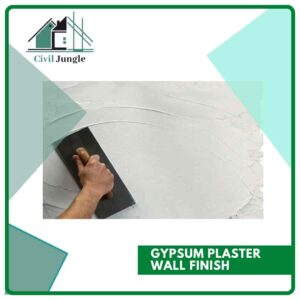
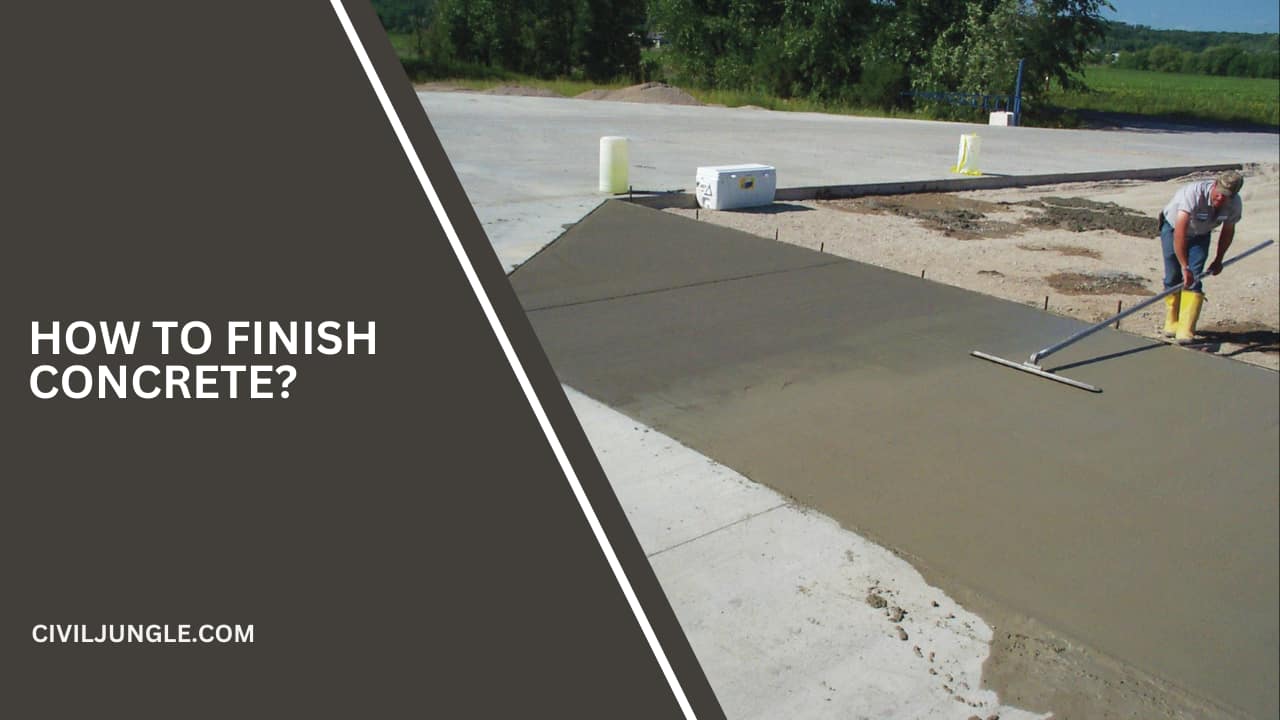
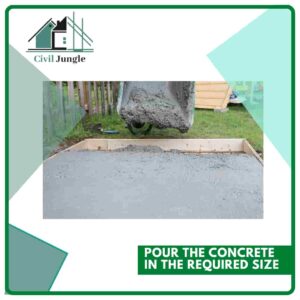
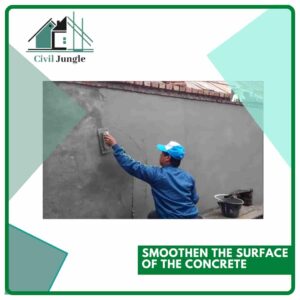
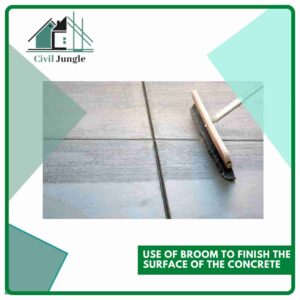
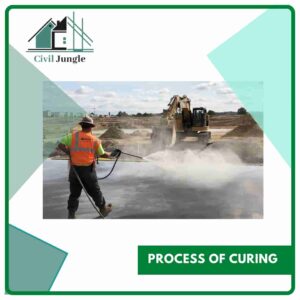
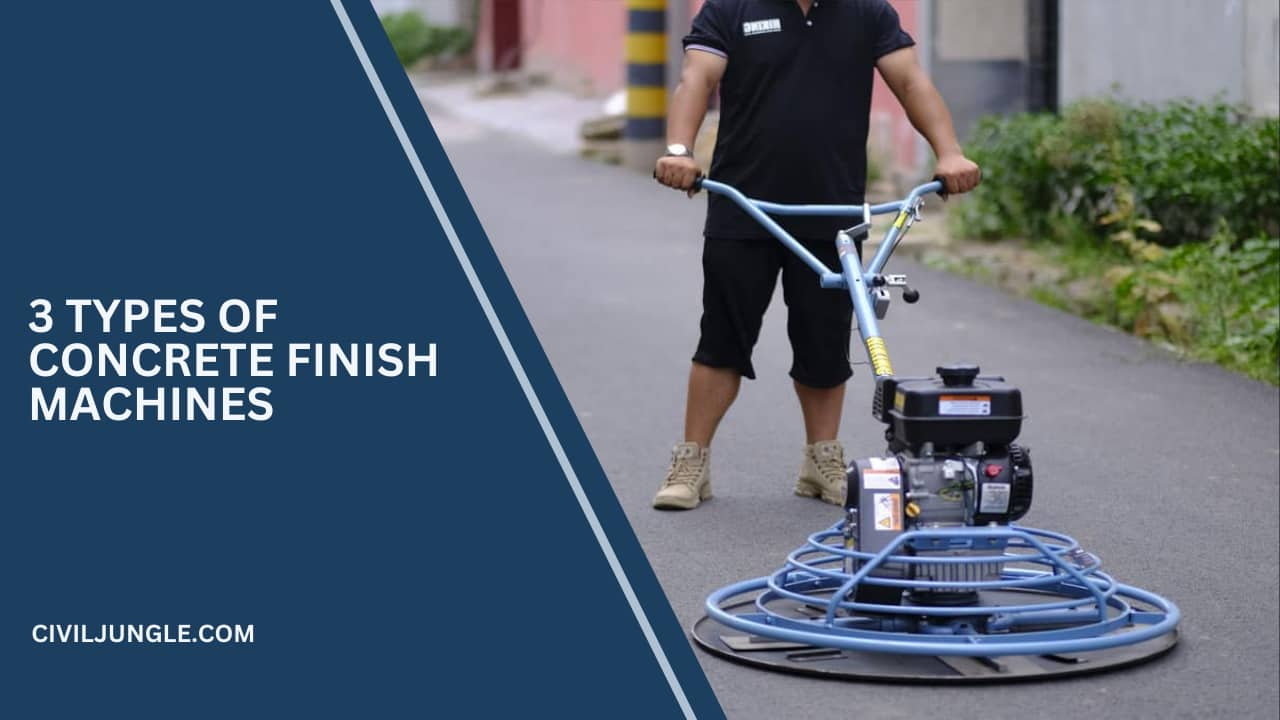
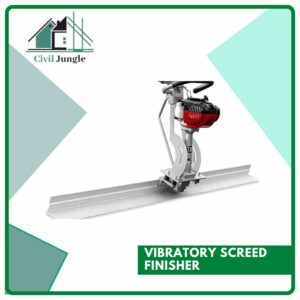
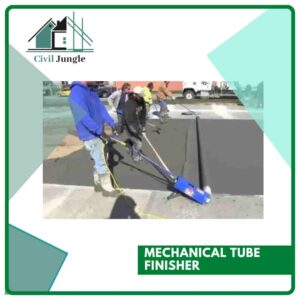
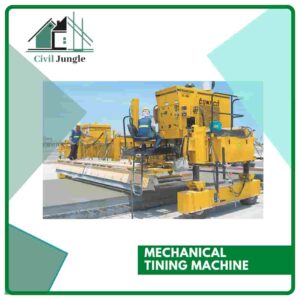
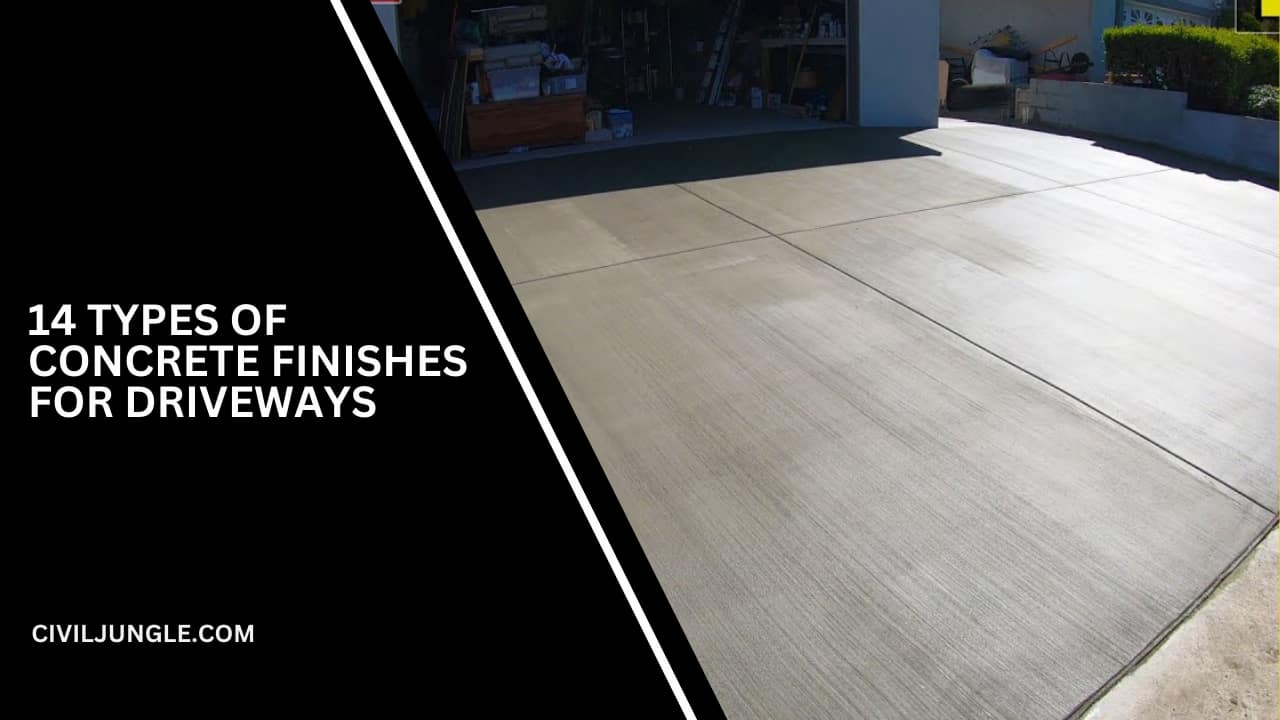

I like how grinded and polished concrete looks the most out of these. I love how it’s so shiny and reflective, it makes it perfect for indoor flooring and even on walls. It’s also good that despite its reflective nature it’s safe for walking. Thanks to this article, I’m thinking of getting a few rooms in our custom-built home finished via this method. Concrete wall grinding on the walls of our bathroom would be a beautiful look, I feel.
If you’re looking for an affordable concrete services or immediate concrete repairs
very good information thank you